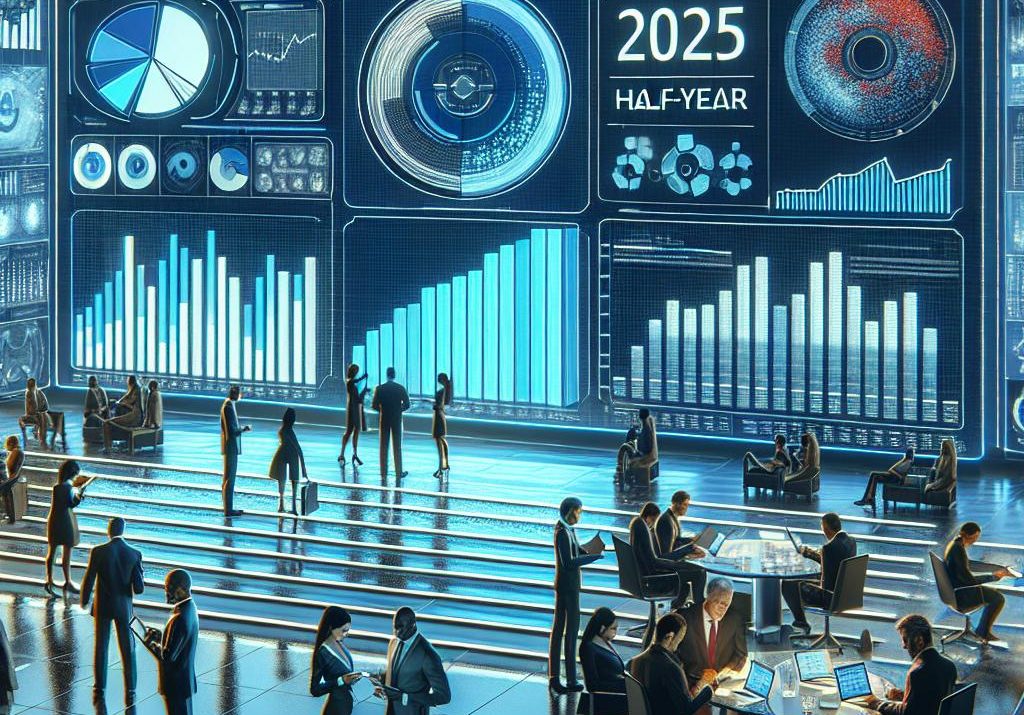Virbac reported first-half 2025 revenue of €738.3 million, up 5.0% reported and 7.8% at constant exchange rates, with organic growth of 5.6%. Adjusted recurring operating income reached €135.0 million, a margin of 18.3% of revenue, down versus last year due to phasing, inventory write-offs, and a temporary antigen production shutdown. Net income declined 13.3% to €82.2 million, pressured by higher FX losses and debt costs. The company reaffirmed full-year guidance of 4% to 6% revenue growth at constant currency and scope and an adjusted EBIT margin of around 16% at constant scope, while confirming a leadership transition with a new CEO effective September 1, 2025.
The numbers tell a story that matters beyond headline growth: Virbac is exercising pricing power—estimated at 3.5 points of H1 growth—without derailing volumes, but margin resilience is being tested as the company steps up R&D and absorbs operational noise. The strategic question for Commercial and Medical Affairs leaders across animal and human health is whether the mix of disciplined pricing, targeted portfolio bets, and regional execution can offset a more volatile operating backdrop, from distributor inventory swings to currency headwinds in key Latin American markets.
This matters now because the post-pandemic normalization in animal health is converging with broader pharma realities: tight channel inventories, pay-at-point-of-care dynamics, and heightened scrutiny on price-value trade-offs. Virbac’s growth engines in Western Europe, North America, and IMEA underscore steady companion-animal demand, with dermatology, specialty, and dental lines contributing. Yet aquaculture in Chile declined on intensified antiparasitic competition, a reminder that lifecycle management and differentiation remain critical in exposed therapeutic niches. The company’s guidance implies a lower H2 margin profile versus H1 as R&D spend rises and earlier phasing tailwinds abate, challenging brand teams to deliver volume and mix that protect profitability without compromising adoption.
For payers and prescribers in animal health—veterinarians, livestock producers, and pet owners—the near-term read-through is stability in supply and gradual price normalization rather than aggressive repricing. R&D intensity is moving higher, suggesting a pipeline push that will demand stronger evidence and field-medical engagement to sustain premium positioning, especially in dermatology and vaccines. For competitors, the message is that tactical inventory corrections in the U.S. and Australia are transient; Virbac expects a second-half rebound as channel levels normalize, while its expanding local U.S. manufacturing footprint is designed to blunt tariff risk and shorten supply lines, aligning with the industry-wide shift toward regionalization.
Strategically, Virbac continues to lean into bolt-ons and adjacencies. The integration of Sasaeah in Japan added roughly 2.2 points to growth, and pet food via Mopsan contributed 0.6 points, indicating a willingness to diversify cash flows and deepen market access around the veterinary practice. Net debt of €201.4 million is up versus year-end on seasonal working capital and dividends but down 21% year over year, preserving firepower if asset prices remain attractive in a still-fragmented animal health landscape.
The forward test is execution: can Virbac translate regional momentum and pricing discipline into durable margin at the guided level while reigniting growth in aquaculture and managing FX volatility? With a new CEO arriving as R&D spend steps up and U.S. localization advances, the next two quarters will show whether the company’s operating model can absorb near-term friction and convert pipeline and portfolio adjacencies into sustained outperformance.
Source link: https://www.globenewswire.com/news-release/2025/09/12/3149339/0/en/Virbac-2025-Half-year-results.html
Jon Napitupulu is Director of Media Relations at The Clinical Trial Vanguard. Jon, a computer data scientist, focuses on the latest clinical trial industry news and trends.







